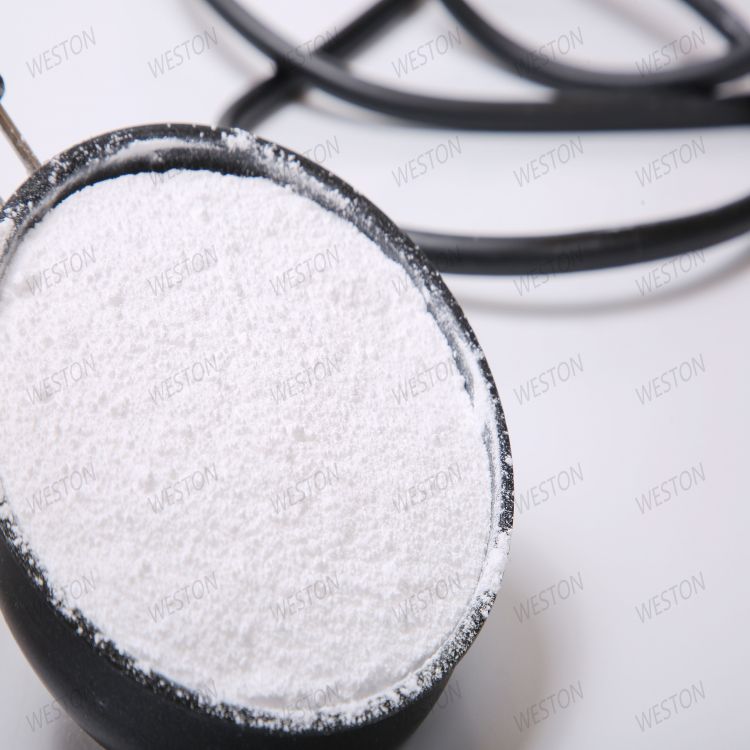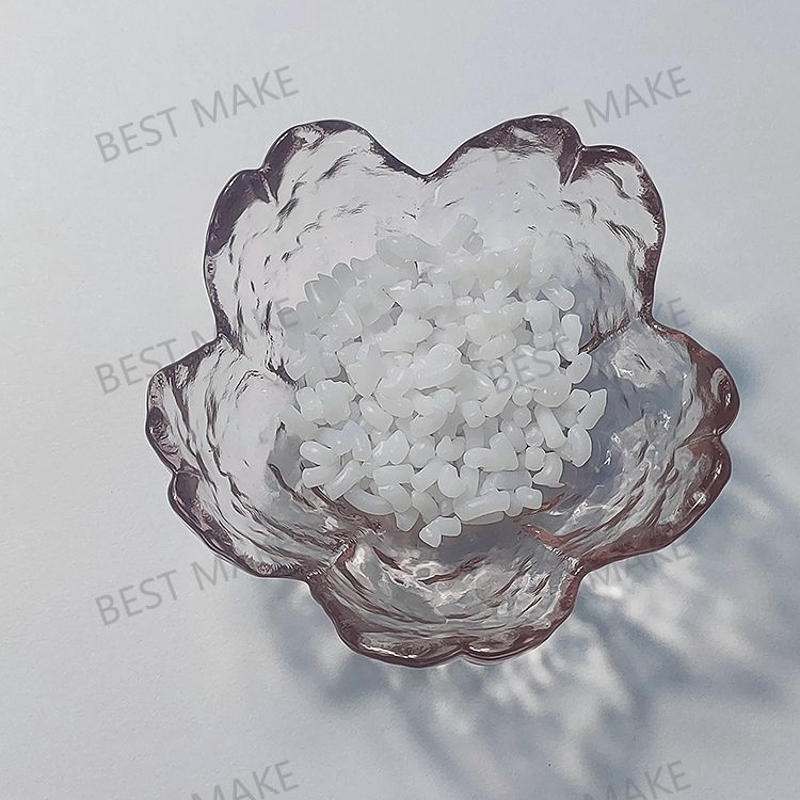-
Categories
-
Pharmaceutical Intermediates
-
Active Pharmaceutical Ingredients
-
Food Additives
- Industrial Coatings
- Agrochemicals
- Dyes and Pigments
- Surfactant
- Flavors and Fragrances
- Chemical Reagents
- Catalyst and Auxiliary
- Natural Products
- Inorganic Chemistry
-
Organic Chemistry
-
Biochemical Engineering
- Analytical Chemistry
- Cosmetic Ingredient
-
Pharmaceutical Intermediates
Promotion
ECHEMI Mall
Wholesale
Weekly Price
Exhibition
News
-
Trade Service
Closed recycling process Functionalization of recycled products
The huge amount of waste lithium batteries is not only an environmental pollutant, but also a valuable metal resource
.
Recently, from the Shenzhen International Graduate School of Tsinghua University, it was reported that the team of Cheng Huiming and Zhou Guangmin has made a series of progress in the field of lithium battery recycling, which not only realizes the closed-loop recycling method, but also realizes the functionalization and high value of the recycled products, and finds a new way
out for waste lithium batteries.
According to Cheng Huiming, the current recycling methods of lithium electronic batteries can be divided into two types
: fire recycling and wet recycling.
"The existing recovery methods are based on the destruction of the cathode structure and the extraction of valuable elements, and the chemical bonds of the cathode material must be broken under the conditions of high temperature and strong acid, and the extraction process is lengthy
.
" In order to break through these limitations, Cheng Huiming's team determined the solution direction of "three modernizations", that is, direct recycling ideas, closed recycling processes, and functionalization
of recycled products.
Direct recycling ideas refer to the direct conversion of metal atoms into metal molecules
through solid phase sintering, hydrothermal reaction, solvent repair, molten salt repair and other methods.
The closed recovery process refers to the transformation
from external to internal through the recycling of reagents and the recovery of residual lithium and graphite in batteries.
Functionalization of recycled products refers to the functionalization, diversification, and high value of recycled products by repairing the function of cathode materials and alloying cathode elements as
catalysts.
Based on this research idea, Cheng's team proposed a series of recycling methods
.
In terms of directness, the research team proposed methods such as direct repair of cathode materials with lithium-containing low eutectic solvent atmospheric pressure, repair of high-failure layered oxide cathode by low-temperature molten salt, direct recovery of failed lithium iron phosphate and its nitrogen modification
.
Among them, the lithium-containing low eutectic solvent atmospheric pressure direct repair cathode material uses organic molecules as the carrier, and uses its selective transport of lithium and cobalt to directly supplement lithium and cobalt at the molecular scale, which can not only repair the failed cathode, but also greatly shorten the recovery process
.
After repair, the composition, phase and electrochemical properties of lithium cobalt oxide were restored to the initial state, the microcracks on the crystal surface disappeared, and lithium and cobalt reformed a regular layered structure
.
At the same time, the properties of the low eutectic solvent used in the repair have no obvious change and can be used
repeatedly.
In terms of closure, the research team proposed methods such as collaborative recycling of positive and negative materials of lithium-ion batteries, which can also take into account the regeneration or purification
of negative graphite while repairing the positive electrode.
In terms of functionalization, methods such as the preparation of high-pressure lithium cobalt oxide and nickel-cobalt-manganese ternary materials from recovery products were proposed to generate catalysts for in-situ conversion
.
"The ultimate goal of direct recycling is to develop a closed-loop recycling method
that can process electrode materials on a large scale at room temperature and pressure.
" Cheng Huiming said that at present, the research on direct recovery methods of cathode materials is in its infancy, which generally requires high temperature, high pressure or other special conditions, and lacks the potential for
large-scale promotion.
In the future, the scope of lithium battery recycling should be gradually expanded from the positive electrode to the negative electrode, separator, electrolyte, etc.
, so as to realize the comprehensive recovery and reuse
of lithium batteries.
In addition, how to develop solid-state battery recycling technology that is still in the blank is also worth paying attention to
.







